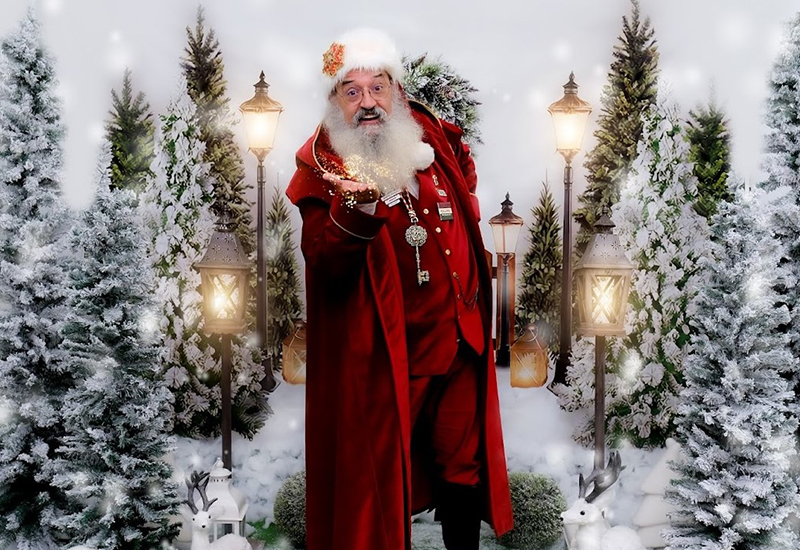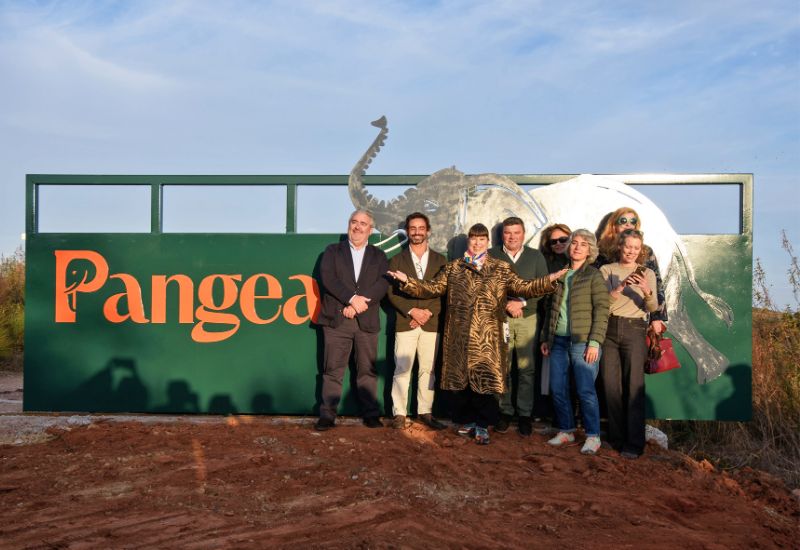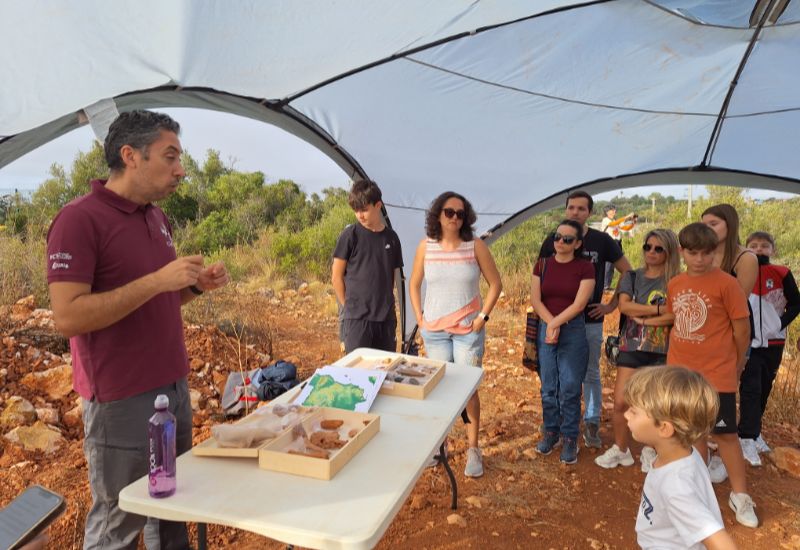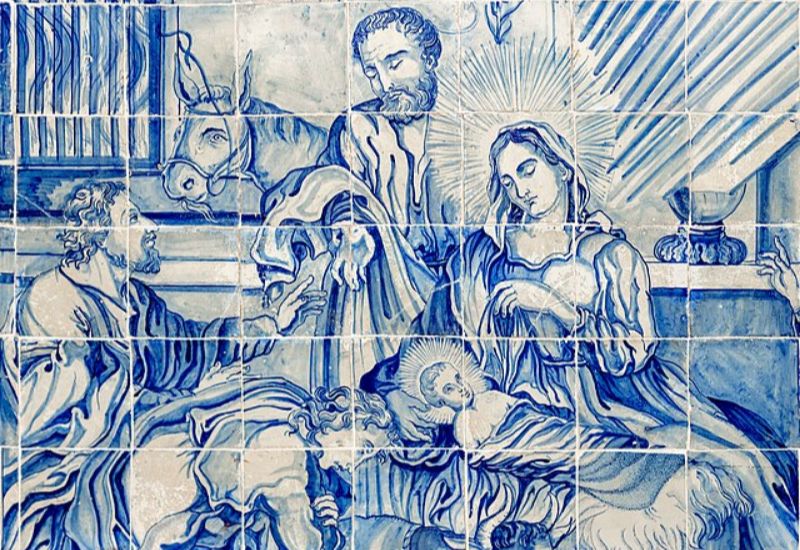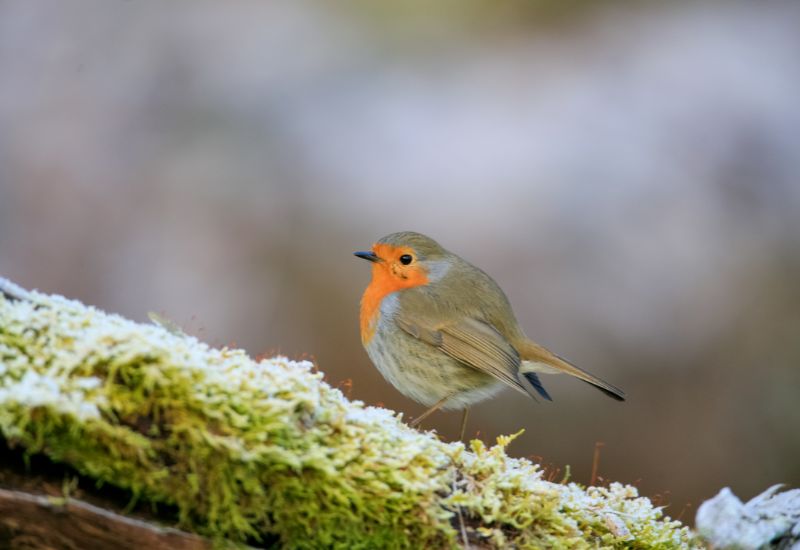The May festivities have always been an important tradition in the Algarve. The Assistente Operacional da Câmara Municipal de Lagos, Jorge Sequeira, explains the tradition of the rag dolls called maias (directly translated as ‘mays’), and how it was almost lost.
The May festivities have always been an important tradition in our region. Here in the Lagos area, especially in rural areas, there was a tradition of placing a scarecrow-like doll on the door or balcony on the first day of May. The doll was decorated with beautiful wreaths of flowers from the countryside to give thanks. It was also a way of asking for God’s protection of the seeds that had been planted at the beginning of spring, so that the harvests would be as good as possible.
Like almost all traditions, this one was almost lost over the years and, by 2000, there were very few people who kept it alive. As far as I know, there were only two or three people in the whole of the Lagos municipality who made the traditional maias. The one who I remember best is Sra Júlia in Banafanina, near Chinicato, who every year would place her rag doll at her gate all dressed in white and with lots of necklaces of marigolds around her neck. The doll stayed there for the whole month of May.
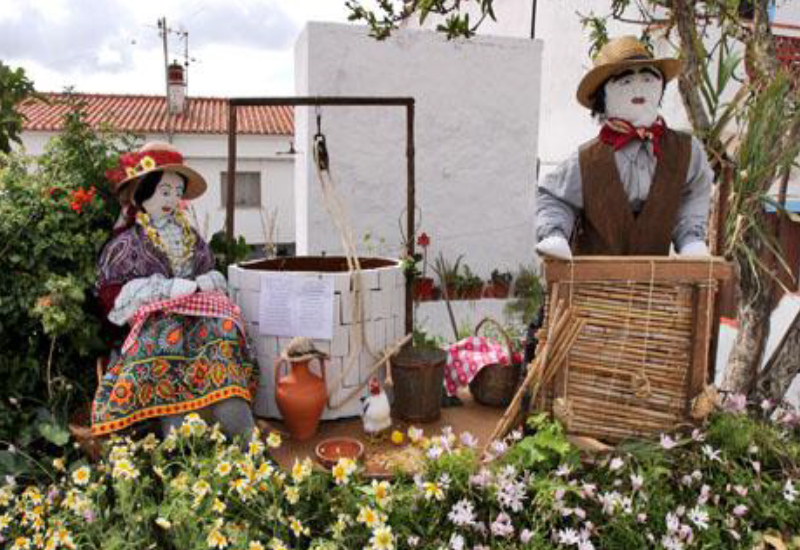
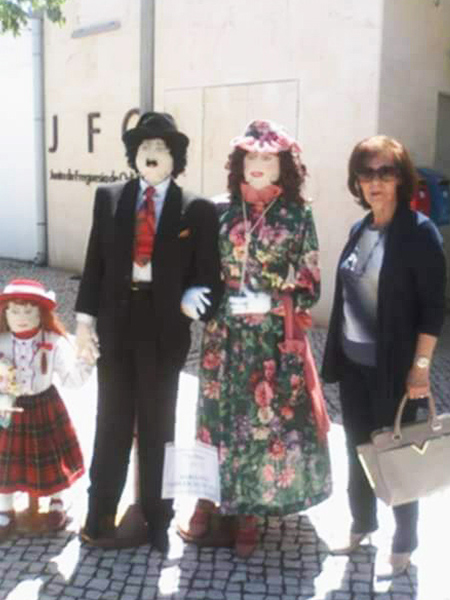
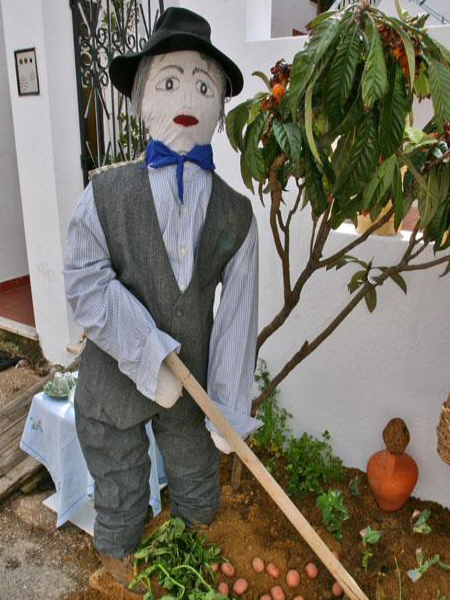
Fearing that this tradition might be lost for good in our municipality, the then president of the now-defunct São Sebastião parish council, Sr Pedro Cruz, decided to set a challenge to the Grupo de Amigos do Chinicato and the Grupo Popular das Portelas to get their members to reactivate this beautiful and ancient tradition.
In 2004, these two clubs, with the great support of their members, set to work and, after conducting some research with older people, began to revive this tradition. At that time, we thought that as well as reviving this tradition of rag dolls filled with straw, we could present something different. As well as making these beautiful dolls, we also began to recreate scenes from the olden days. The dolls represented past professions that were carried out in agriculture or fishing, and which were beginning to be forgotten.
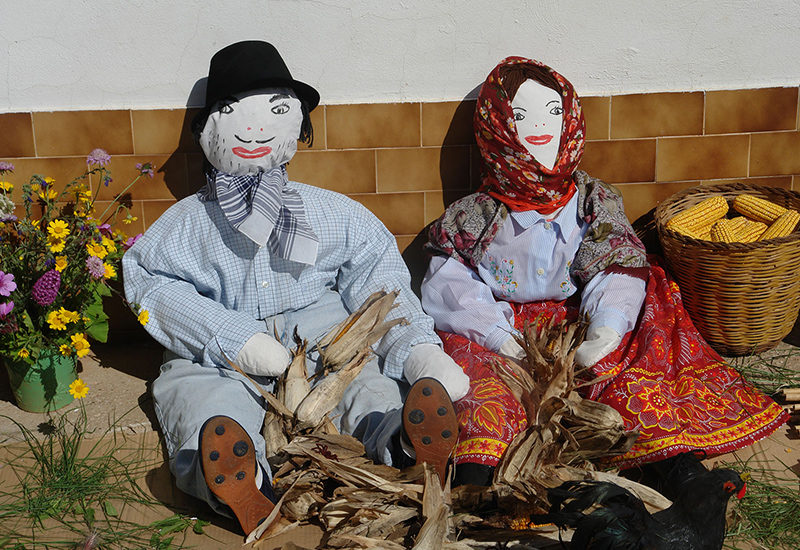
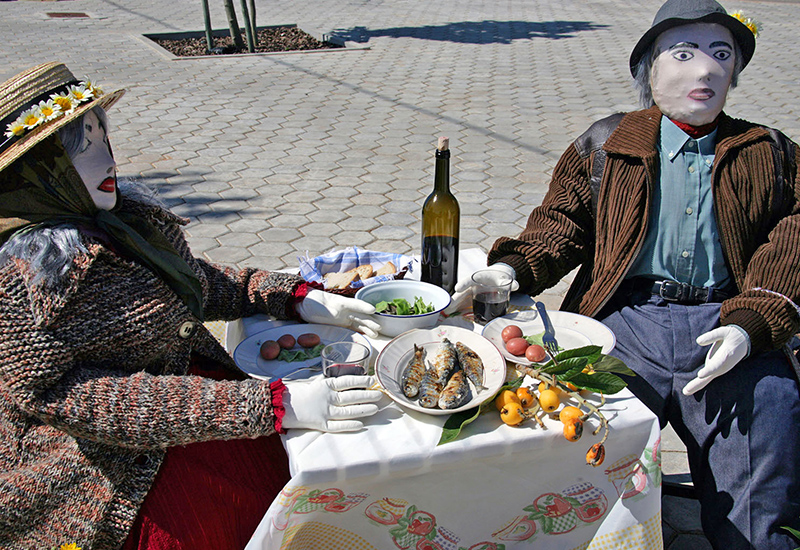
It has now become a new tradition that on the first of May, the traditional maias are placed on the doorsteps or in the streets of the towns, accompanied by ancient artefacts that were often used in the daily lives of our ancestors. One prop that can’t be missing from the maias are flowers, meaning every maia must have lots of country flowers around her or even a few necklaces of marigolds around her neck, which can also usually be found next to the maias. Some popular quatrains allude to the month of May or to a scene in which a maia is represented.
Another very interesting aspect of the maias is the socialising and sharing that takes place on 1 May. Many people travel to the participating villages to visit these works of art and they are usually invited by the owners of the houses to taste the traditional delicacies that are hospitably placed on a small table.
The maias represent an old tradition that has evolved but keeps alive the traditions and memories of the past.
Maia origins
The maias are a tradition that is believed to have originated in pagan times, with the worship of a fertility goddess which spread throughout Europe. This festival is still held on 1 May as a symbol of the coming of spring, the fertility of the earth and the awakening of life after the cold and harsh winter.
In ancient times, the young maidens dressed in white and adorned their heads with flowers and a crown, sitting at the doors of the houses or on the terraces, where they sang and danced. The girls were not supposed to smile or blink and were called mayas. It is still said of a standing person that they ‘look like a may’. The boys aimed to try and make the girl smile. In the villages, the maias competed against each other and the one whose dance had the most people was elected the maia of the village.
Later, the maia girls were replaced and personified by a doll made of rye straw, bran and rags, dressed in a white costume and surrounded by flowers. When night fell, people danced around her and the girls of the community sang.
The Lagos maias
A display of the maia dolls will be featured in the Mercado Municipal de Lagos market throughout May.
Video courtesy of Freguesia de São Gonçalo de Lagos © Recsetgo



